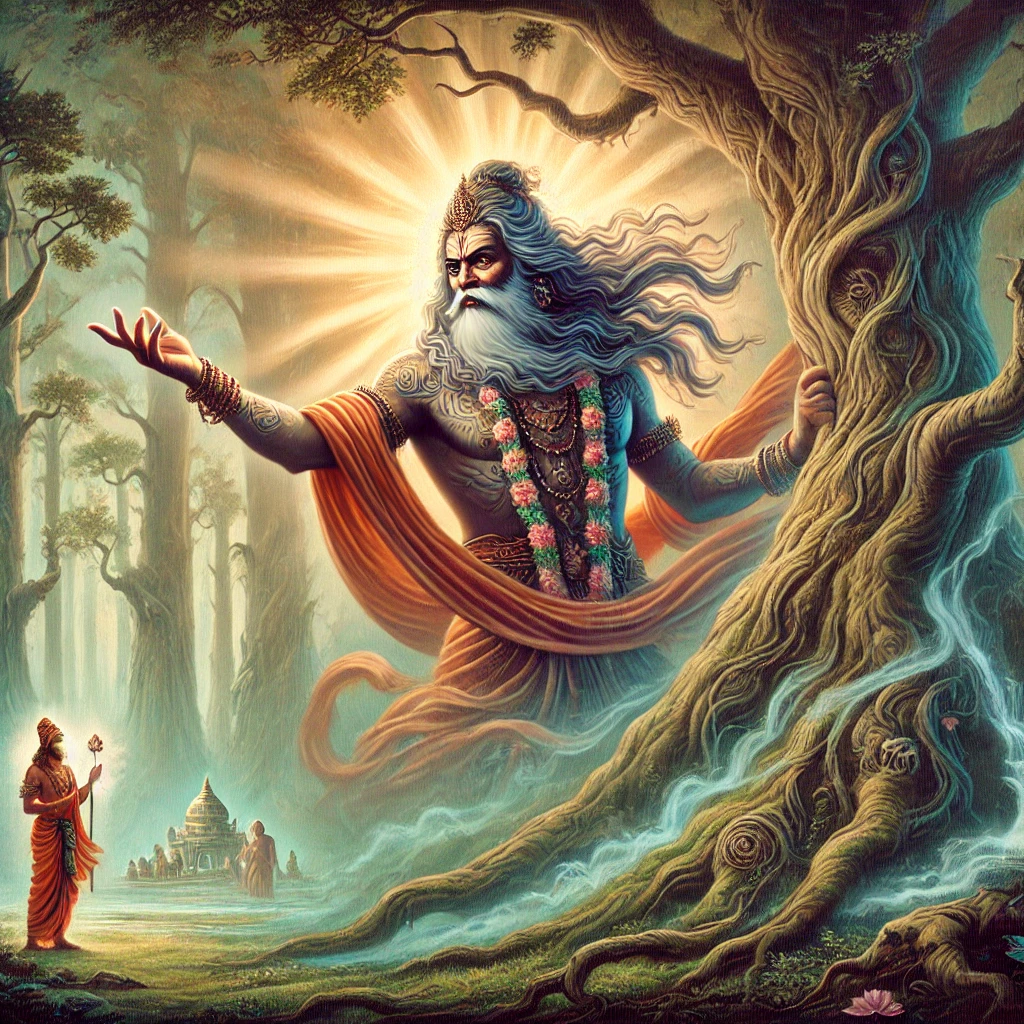The history of “curseology” in Ancient India, particularly during the Vedic period (circa 1500–500 BCE), intertwines with deep spiritual beliefs, sacred texts, and oral traditions that convey the power of words, intentions, and divine authority. In the Vedic worldview, curses (known as “śāpa” in Sanskrit) were considered powerful tools, believed to manifest the will of gods, sages, or ascetics. Here’s an overview of the significance and development of curses during this period:
1. Roots in Vedic Texts
- The earliest references to curses are found in the Vedas, particularly in the Rigveda, which contains hymns that invoke divine forces, praise deities, and sometimes include invocations to protect against harm or retaliate against enemies.
- The Atharvaveda, often called the “Veda of Magical Formulas,” includes chants and rituals that function as both blessings and curses, reflecting a dual belief in words as protectors and punishers.
- The concept of “Mantra Shakti,” or the power of sacred sounds, was central in Vedic tradition, leading to the belief that certain uttered words could influence reality directly.
2. Curse as a Spiritual and Moral Tool
- Curses were seen not merely as expressions of anger but as consequences of moral or spiritual infractions. They served as a cosmic mechanism to maintain dharma (cosmic order), punishing acts that violated sacred laws or insulted sages and gods.
- Ancient sages, known as rishis, wielded the power of cursing as both a form of justice and a means to uphold respect for divine authority. Stories of powerful sages who cursed kings or gods for wrongdoing are common in Vedic lore.
3. Examples from Mythology and Epic Literature
- Although the primary epics—the Mahabharata and the Ramayana—were written after the Vedic period, their roots in Vedic culture reflect early attitudes toward curses. For example, in the Mahabharata, King Parikshit is cursed by a young Brahmin, leading to his death by snakebite.
- Sage Durvasa is a well-known figure associated with curses. His temper and willingness to curse those who offended him reflect the ancient belief that sages had the spiritual authority to punish and could invoke divine powers through curses.
4. Protection Against Curses
- As belief in the power of curses grew, rituals and mantras for protection against them became prominent. The Vedas contain numerous hymns and chants to appease deities for protection from curses and to avoid the wrath of sages or gods.
- Amulets, sacrificial offerings, and purification rituals were used to counteract curses, highlighting a dual approach: while curses were feared, they were also understood to be preventable through proper respect and adherence to dharma.
5. Karmic Underpinnings
- Vedic curseology is intricately connected with karma, the law of action and consequence. Curses were seen as a manifestation of karmic retribution; those who sinned or disrupted cosmic balance attracted curses as part of their karma.
- By the end of the Vedic period, the notion that curses aligned with cosmic justice was established, adding an ethical dimension where curses were not mere wrathful expressions but were aligned with maintaining moral balance.
Conclusion
In Vedic India, curses were regarded as a potent and sacred force, used by divine beings, sages, and powerful individuals to impose order, protect righteousness, and serve justice. Their role in upholding dharma and their association with karma made them respected and feared tools, shaping the social and moral fabric of ancient Indian society.
